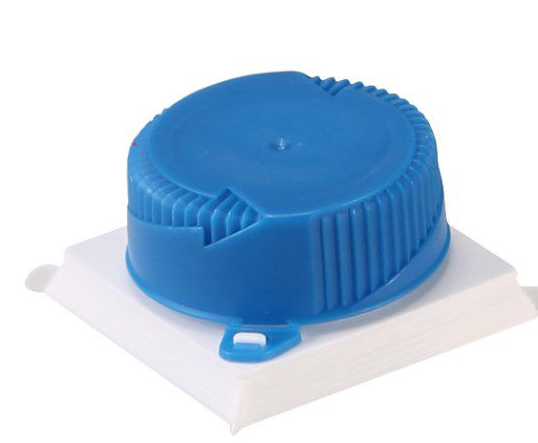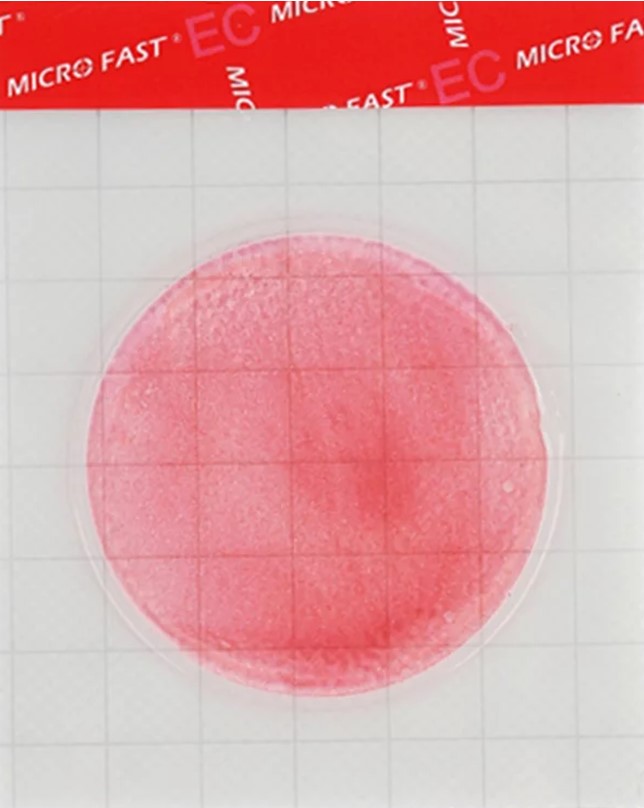Dirty cattle are common even in Sweden

Dirt on cows is evidence of poor farm management
A group of Swedish bovine experts, in collaboration with animal welfare inspectors, evaluated the results of the cleanliness inspection of dairy farms.
The study found that mud in cattle is still a common form of animal mishandling on Swedish farms, with no major changes from previous inspections.
In this study, the number of farms with dirty animals was almost 50%. However, in a previous audit, the worst well-being was noted in the stalling, which is still allowed in Sweden for some categories of cattle, mainly dairy cows, with the overall proportion of cattle kept in this system, according to available data, is less than 30%.
The authors of an article published in Animals 2021 mention that dirty cattle are a problem not only in Sweden, but also in other countries.
Most countries do not have specific animal welfare regulations for cattle and do not set specific requirements for the appearance of individual animals. This may be one of the reasons why this issue has received so little attention, since no violations are committed if the requirements are not in the regulations.
However, there are also countries where there is national legislation requiring that animals have access to dry and clean lying areas. Perhaps, with the widespread use of insurance schemes, issues of animal cleanliness will be more relevant.
In the meantime, dirty cattle is still a common sight, despite the fact that it affects the profitability of the farm.
Cleanliness is essential to ensure hygienic MILK production, udder HEALTH and well-being of dairy cows. Anything that leads to contamination of the udder creates a risk of mastitis.
In addition, if wool is dirty and damp, it loses some of its insulating properties, which leads to problems with thermoregulation in animals. Consequently, more energy and feed are required to maintain thermal comfort.
Finally, dirt itself is a risk factor, as urine and manure can cause painful skin burns and dermatitis.
It has been proven that cows in dirty stalls are more likely to suffer from hock injuries and lameness. Cattle need sufficient rest time to prevent lameness and damage to the hocks. Dirty animals are therefore an indicator that they do not have adequate dry bedding, which can lead to skin problems and lameness.
Interestingly, during the conversation with the inspectors, some owners expressed the opinion that the cows themselves choose the wrong place to lie. In fact, it's hard to imagine that, given the freedom of choice, cattle would choose to voluntarily lie down somewhere damp and dirty, rather than dry and clean with lots of bedding.
In this study, farmers with dirty livestock most frequently cited the weather, difficulty in providing bedding, and lack of time for cleaning.
Farmers who keep "sufficiently clean" animals believed that management practices, adequate staffing, bedding material, and good physical/mental health of employees were key factors in keeping animals clean.
The study found that assessments of animal welfare can be quite subjective.
In Sweden, Animal Welfare Legislation clearly establishes a minimum level of welfare. Thus, during welfare checks, animals should not be perfectly clean, but "sufficiently clean".
However, even when the cattle in this study were rated as "not clean enough" during a farm inspection, the inspector did not always classify the farm as non-compliant with animal welfare legislation.
On the contrary, in many cases the inspector assessed that, despite the lack of sufficiently clean animals, the farm complied with the legislation, since the herd as a whole was assessed as “reasonably clean”.
The most common comment made about this score was that "only a few animals were too dirty".
Evaluating only a fraction of the livestock in a herd is becoming more and more common in animal welfare assessments, such as in the Welfare Quality® system. This way of measuring is useful for identifying systemic problems at the farm level, but is contrary to Swedish animal welfare legislation, which focuses not on measuring the overall level of animal welfare on the farm, but on the protection of the individual animal, since the legislation is written from the point of view of the protection of the individual animal.”
Therefore, if only one animal is not clean enough, this is clearly a case of non-compliance and action must be taken by both the inspector and the farmer.
Read together with it:
- Низкое предложение и устойчивый спрос: в Аргентине растут цены на мясоЦены на говядину снова выросли, что отразилось на полках супермаркетов и в мясных магазинах. За последние две недели розничные цены выросли на 8–12%, а на некоторые популярные отрубы рост превысил 15% по сравнению с октябрем. Тем не менее, продажи остаются высокими: потребители продолжают покупать, принимая новые цены и закрепляя тенденцию, которая повторяется каждый год в конце года, когда спрос ...
- Колумбия: При экспорте скота сертификация и прослеживаемость больше не являются необязательнымиВысококачественное животноводство, особенно при экспорте, требует сертификации и прослеживаемости. Это необходимые условия для выхода и конкуренции на многих международных рынках, а также на некоторых всё более требовательных внутренних рынках. Колумбийское животноводство не является исключением из этих правил, и, хотя предстоит ещё многое сделать, всё большее число ферм и компаний внедряют эти ме...
- Зеленский ввел санкции против своего бизнес-партнераМиндич и Александр Цукерман, который, как считается, отвечает за его финансовые вопросы, значатся как граждане Израиля. Санкции против них ввели на три года, они включают блокировку активов. На Украине сочли ограничения мягкими Владимир Зеленский Президент Украины Владимир Зеленский подписал указ о введении санкций в отношении совладельца студии «Квартал 95» Тимура Миндича и его знакомого бизнесме...




























































